Home>Ideas and Tips>Creating A Drought-Resistant Landscape In Arizona
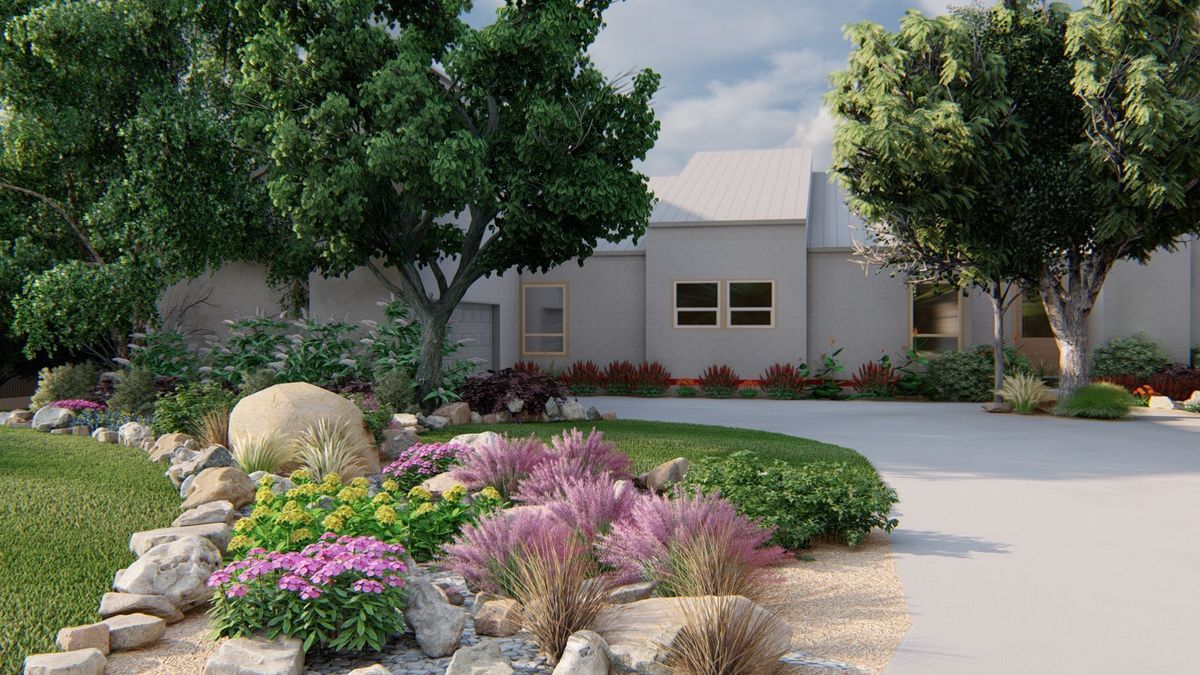

Ideas and Tips
Creating A Drought-Resistant Landscape In Arizona
Published: September 25, 2024
Learn how to create a stunning, water-efficient landscape in Arizona with native plants, efficient irrigation, and smart design tips. Save water and thrive!
(Many of the links in this article redirect to a specific reviewed product. Your purchase of these products through affiliate links helps to generate commission for Storables.com, at no extra cost. Learn more)
Arizona's arid climate presents unique challenges for homeowners looking to create a beautiful and sustainable outdoor space. However, with the right approach and selection of drought-tolerant plants, efficient irrigation systems, and strategic design elements, you can transform your yard into a stunning desert oasis that thrives with minimal water consumption. In this article, we will delve into the essential tips and techniques for designing and maintaining a drought-resistant landscape in Arizona.
Embrace Native Plants
When it comes to drought-tolerant gardening, native plants are your best friends. These plants have spent centuries adapting to the local conditions, making them resilient and water-wise. Arizona is home to a variety of native plants that not only conserve water but also add a touch of natural beauty to your garden.
Popular Native Plants
- Saguaro Cactus: The iconic saguaro cactus is a symbol of the Sonoran Desert and is well-suited for Arizona's climate. It can grow up to 70 feet tall and requires minimal watering.
- Desert Marigold: These vibrant flowers come in a range of colors and are known for their ability to attract pollinators like bees and butterflies.
- Agave: Agave plants are highly drought-tolerant and come in various species, each offering unique textures and colors to your landscape.
- Desert Willow: This tree is known for its beautiful flowers and long, slender branches that provide shade and shelter for wildlife.
Group Plants with Similar Water Needs
Efficient water usage is key to a successful drought-tolerant garden. By grouping plants with similar water needs together, you can create efficient irrigation zones and avoid overwatering or underwatering. Planting thirsty plants alongside those that require less water can lead to unnecessary wastage. So, plan your garden layout accordingly and save those precious droplets!
Benefits of Grouping Plants
- Reduced Water Waste: By grouping plants with similar water requirements, you can ensure that each plant receives the right amount of water without wasting it on plants that need less.
- Improved Soil Health: Plants that require more water can help improve soil health by bringing nutrients to the surface, which can then be absorbed by less water-requiring plants.
Mulch, Mulch, Mulch
Mulching is like giving your garden a cozy blanket. By adding a layer of organic mulch around your plants, you can conserve soil moisture, reduce evaporation, and suppress weed growth. Opt for locally sourced materials such as wood chips, straw, or gravel to keep things natural and visually appealing. Mulch not only saves water but also adds a neat finishing touch to your garden beds.
Benefits of Mulching
- Soil Moisture Retention: Mulch helps retain soil moisture by reducing evaporation from the soil surface.
- Weed Suppression: Mulch acts as a barrier that prevents weeds from growing in your garden beds.
- Temperature Regulation: Mulch helps regulate soil temperature by keeping it cooler in the summer and warmer in the winter.
Implement Efficient Irrigation Systems
Watering your plants efficiently is crucial for a thriving drought-tolerant garden. Consider installing a drip irrigation system that delivers water directly to the plants’ root zones, minimizing evaporation and runoff. It’s a smart way to use water wisely while ensuring your plants receive the hydration they need. Plus, it saves you time and effort!
Benefits of Drip Irrigation
- Water Efficiency: Drip irrigation systems deliver water directly to the roots of plants, reducing evaporation and runoff.
- Time-Saving: These systems are automated, saving you time and effort in watering your plants.
- Plant Health: By providing water directly to the roots, drip irrigation systems promote healthy plant growth.
Creative Container Gardening
Containers are a fantastic way to add greenery to any space, even in the driest of climates. Get creative with your container choices and mix different sizes, shapes, and materials to add visual interest to your garden. Plant drought-tolerant specimens like colorful succulents, ornamental grasses, or desert wildflowers in these containers. Not only do they save water, but they also make for eye-catching focal points.
Read more: How To Design A Drought-Tolerant Landscape
Benefits of Container Gardening
- Flexibility: Containers allow you to move plants around easily based on sunlight and temperature conditions.
- Visual Interest: Mixing different container sizes and shapes adds visual interest to your garden.
- Water Efficiency: Drought-tolerant plants in containers require less water compared to traditional garden beds.
Design with Hardscaping
Hardscaping elements, such as rocks, pebbles, and pathways, can play a significant role in your drought-tolerant garden design. Incorporating these features adds texture, structure, and low-maintenance beauty to your outdoor space. Plus, they reduce the need for watering and upkeep. Consider creating a rock garden, using decorative gravel, or building a flagstone path for a desert-inspired oasis.
Benefits of Hardscaping
- Low Maintenance: Hardscaping elements require minimal maintenance compared to traditional landscaping.
- Water Conservation: By reducing the need for watering, hardscaping helps conserve water.
- Aesthetic Appeal: Hardscaping adds texture and structure to your garden, making it visually appealing.
Selecting the Right Trees
Native trees are well-adapted to Arizona’s climate and soil conditions, making them the perfect choice for your drought-tolerant landscape. Some popular native trees include Palo Verde, Mesquite, Ironwood, and Desert Willow. These trees are known for their resilience and ability to thrive with minimal water.
Choosing the Right Trees
- Native Trees: Selecting native trees ensures they are well-suited for Arizona’s climate and soil conditions.
- Tree Size and Growth Habits: Consider the mature size and growth habits of trees to ensure they fit well within your landscape design.
- Root Systems: Factor in the root systems of trees to avoid potential damage to nearby structures or sidewalks.
Utilizing Xeriscaping Techniques
Xeriscaping is a landscaping approach that emphasizes water conservation through the use of drought-tolerant plants, efficient irrigation systems, and strategic design. This method is particularly useful in arid regions like Arizona. Incorporate native trees, plants, and groundcovers that require minimal water, and group them according to their water needs for more efficient irrigation.
Principles of Xeriscaping
- Water Conservation: Xeriscaping focuses on using drought-tolerant plants that require minimal watering.
- Efficient Irrigation: Use efficient irrigation systems like drip irrigation to deliver water directly to plant roots.
- Strategic Design: Group plants with similar water needs together for efficient irrigation zones.
Mulching to Retain Moisture
Applying a layer of organic mulch around the base of your trees and plants can help retain moisture, reduce evaporation, and minimize weed growth. Mulch also helps regulate soil temperature, keeping roots cooler in the hot Arizona summers.
Benefits of Mulching
- Moisture Retention: Mulch helps retain soil moisture by reducing evaporation from the soil surface.
- Weed Suppression: Mulch acts as a barrier that prevents weeds from growing in your garden beds.
- Temperature Regulation: Mulch helps regulate soil temperature by keeping it cooler in the summer and warmer in the winter.
Water-Wise Irrigation Strategies
Irrigation is one strategy to help keep your landscaping looking great even during droughts. Here are some water-wise irrigation strategies:
Drip Irrigation Systems
Drip irrigation systems deliver water directly to the roots of your trees and plants, minimizing evaporation and maximizing water efficiency. These systems are an excellent choice for drought-tolerant landscapes as they help ensure your plants receive the hydration they need without wasting resources.
Watering Schedule and Techniques
Establish a consistent watering schedule for your trees, taking into account seasonal variations in temperature and rainfall. Water deeply and infrequently to encourage deep root growth, which will make your trees more drought-tolerant and resilient.
Ongoing Tree Care and Maintenance
Caring for and protecting your trees requires ongoing maintenance. Here are some things to consider:
Pruning and Trimming
Regular pruning and trimming are essential to maintain the health and appearance of your trees. Removing dead, damaged, or diseased branches helps prevent the spread of pests and diseases and encourages healthy growth.
Monitoring for Pests and Diseases
Keep an eye out for signs of pests or diseases, as early detection and treatment can prevent more significant problems. Consult with a professional tree care service if you’re unsure about the health of your trees.
Additional Tips for Drought-Resistant Landscaping
- Plant Fewer Annuals: Annuals only last one growing season, so you don’t get as much bang for your watering buck as you do with perennials. Low-water perennials may not need any water after their establishment period, so you get a lot of use from your initial watering investment.
- Attract Wildlife: Many native species create desirable habitats for desert wildlife. If you want to attract more hummingbirds, butterflies, or bees, work with a designer or do your own research to select plants that will attract the wildlife you want to host in your yard.
- Plant Cacti Safely: Use a piece of flat cardboard and wrap it around the cactus while you put it in place to avoid injuring your hands.
- Connect Rain Barrels to Irrigation Systems: Yes, you can buy drip irrigation kits for rain barrels (non-pressurized) systems. If you’re using an auto-timed drip system, set it to run one to three hours before the sun comes up.
By following these tips and incorporating them into your landscaping design, you’ll be well on your way to creating a beautiful and sustainable drought-resistant landscape that not only thrives in Arizona’s arid climate but also sets an example for responsible gardening practices.
Was this page helpful?
At Storables.com, we guarantee accurate and reliable information. Our content, validated by Expert Board Contributors, is crafted following stringent Editorial Policies. We're committed to providing you with well-researched, expert-backed insights for all your informational needs.
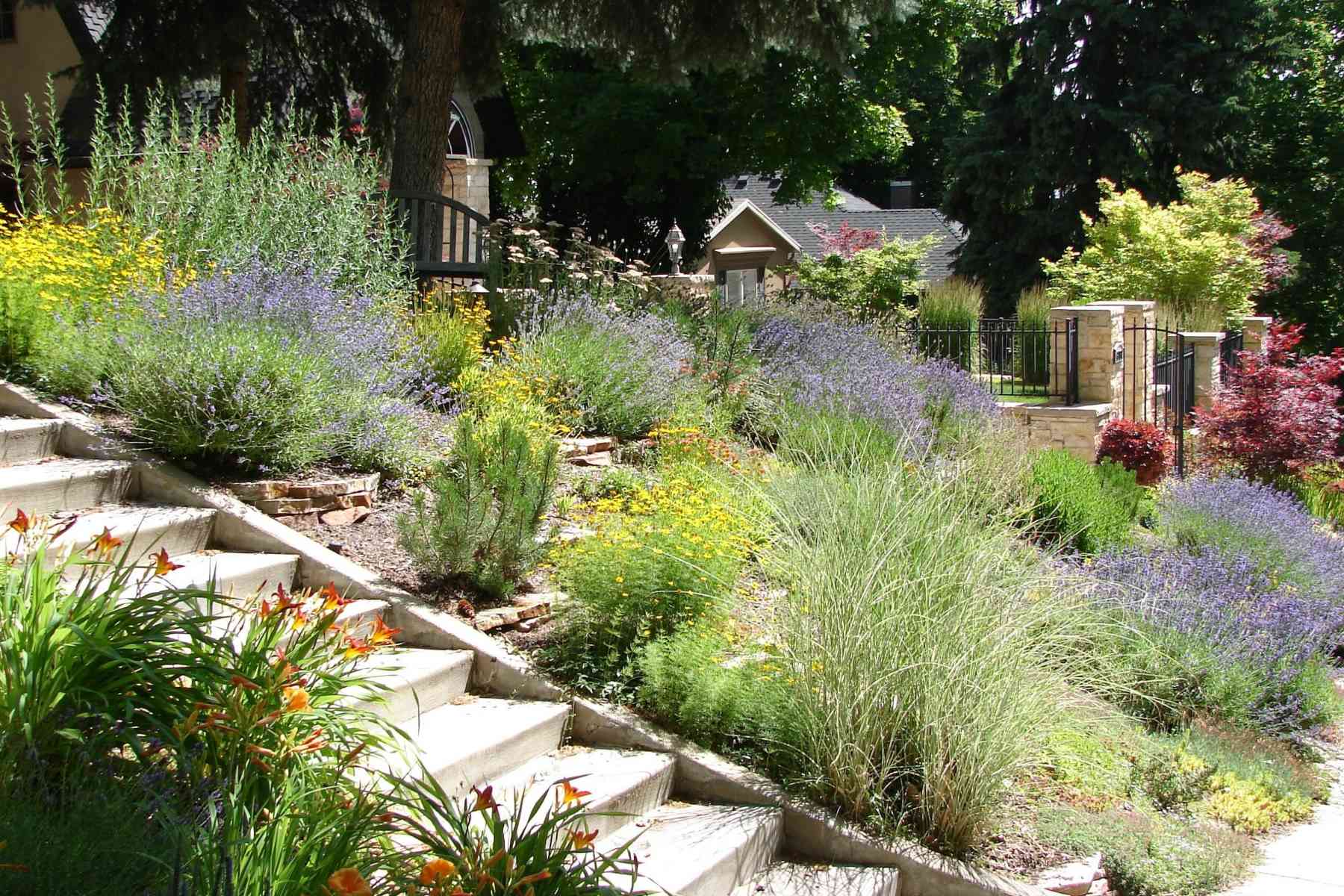
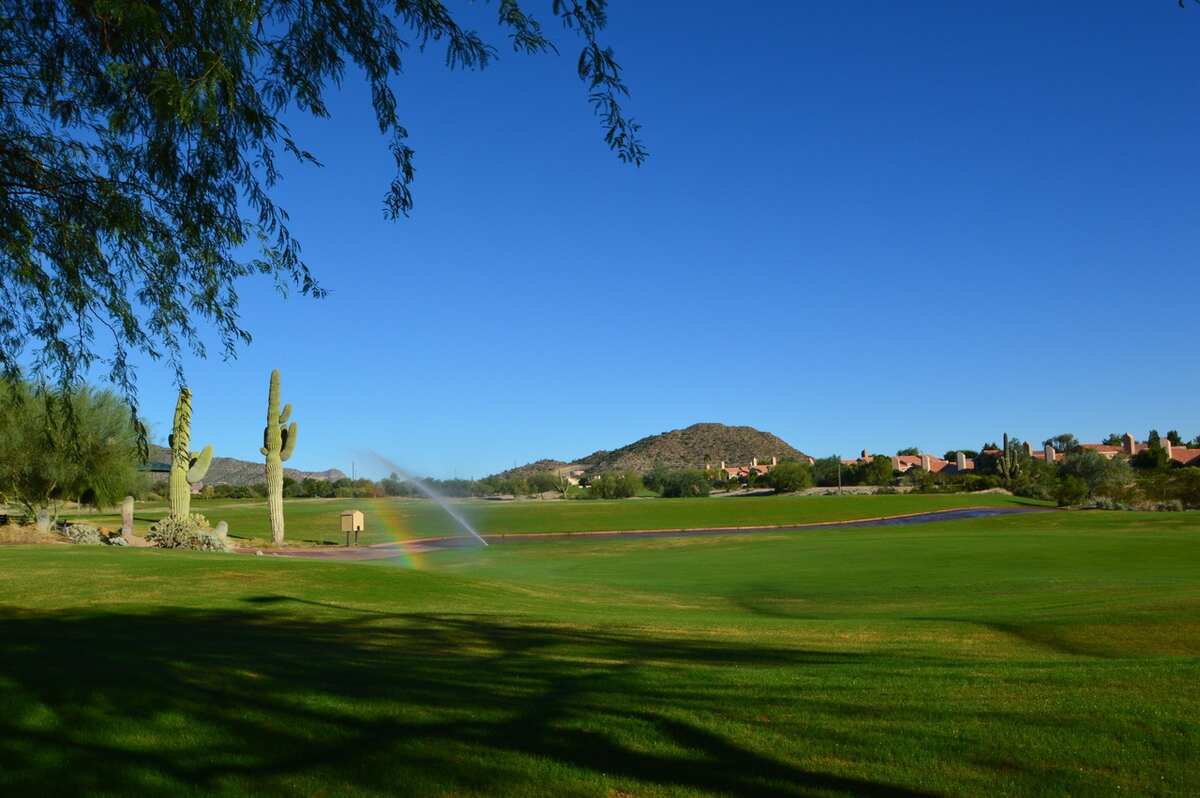
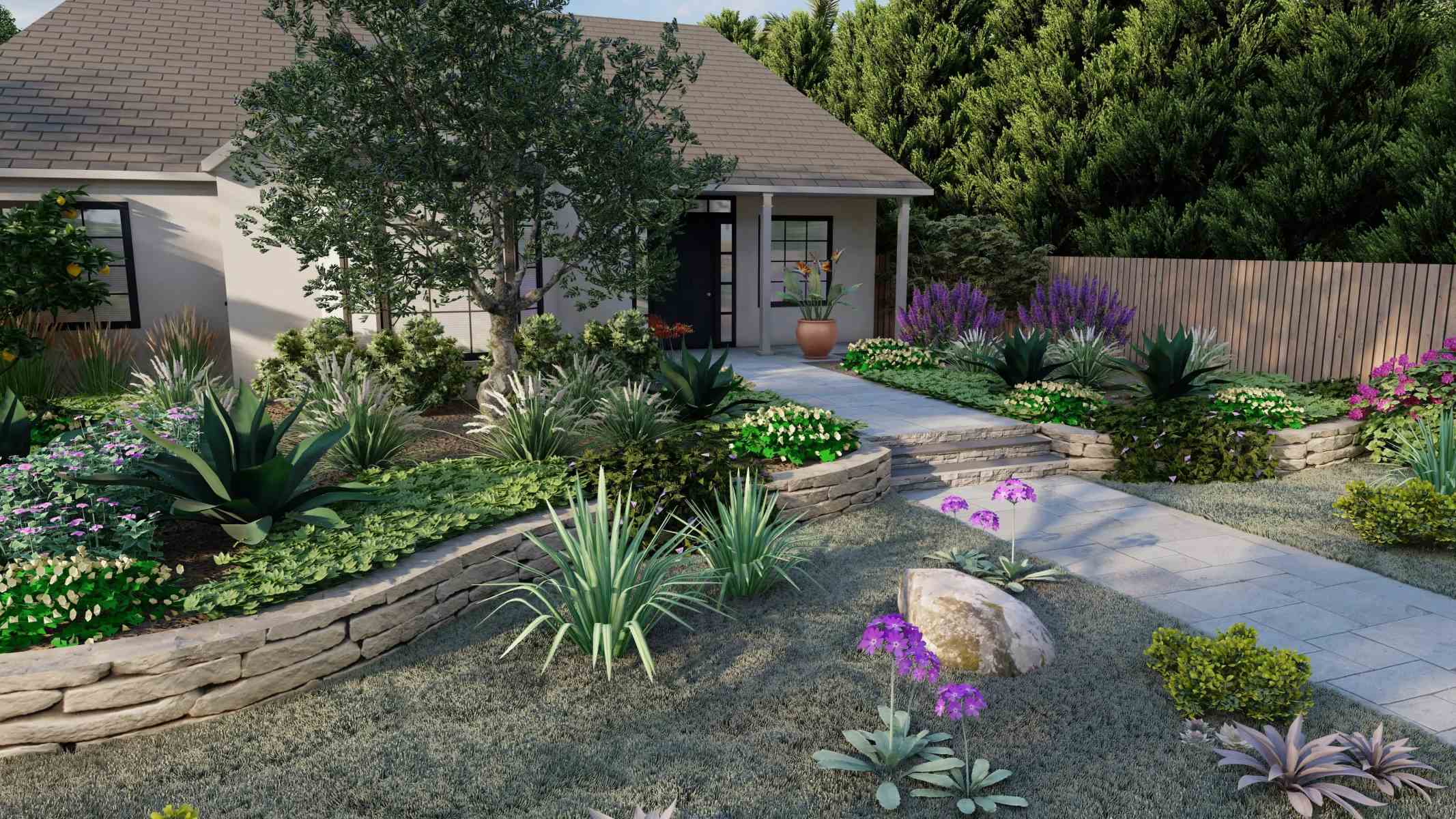
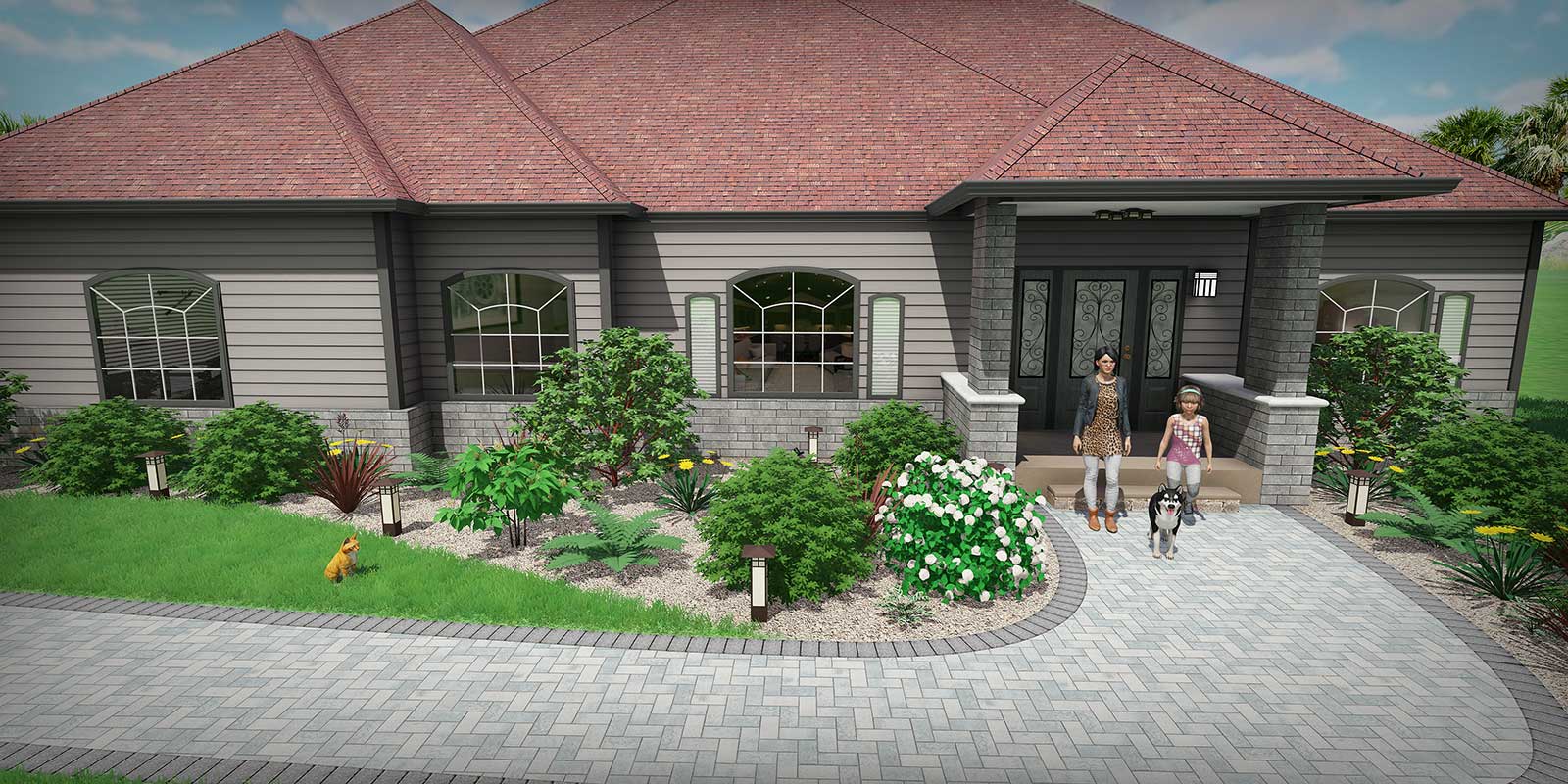

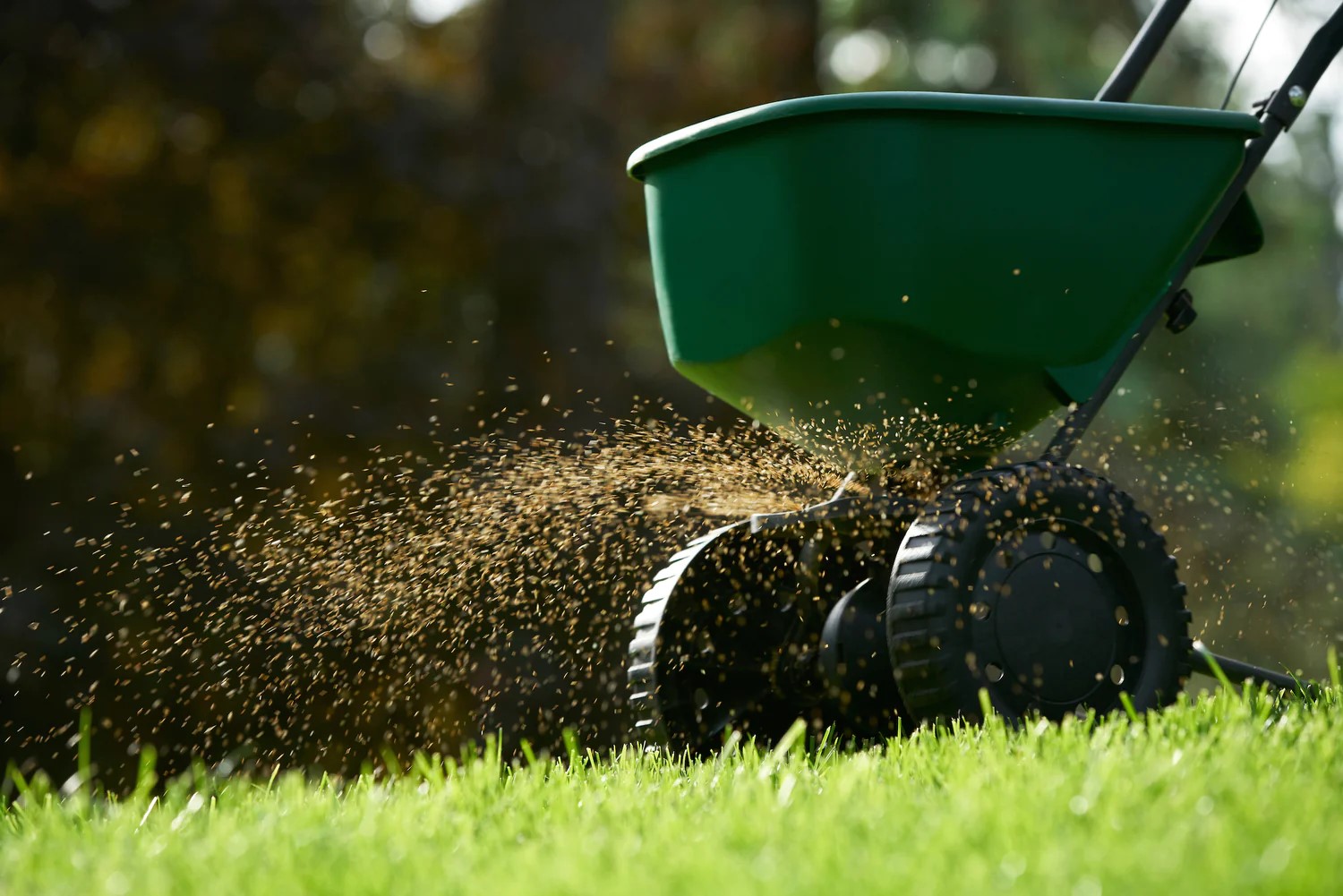
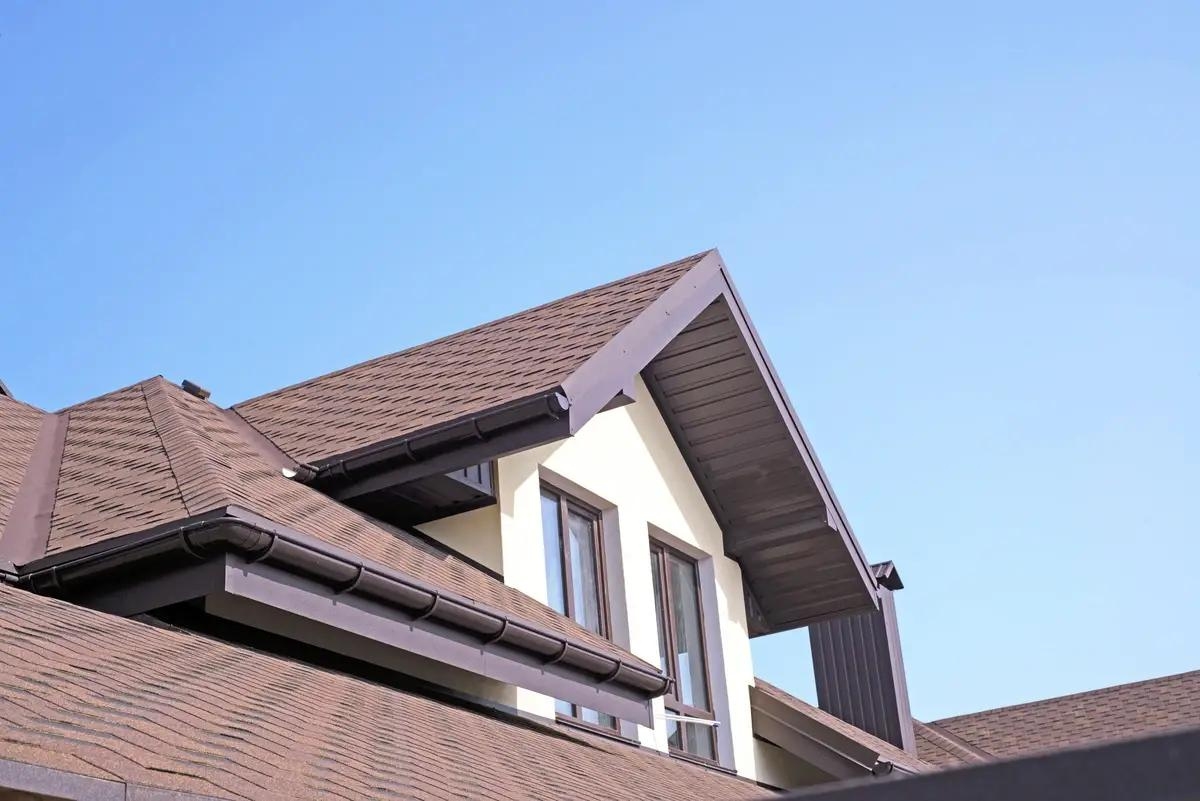
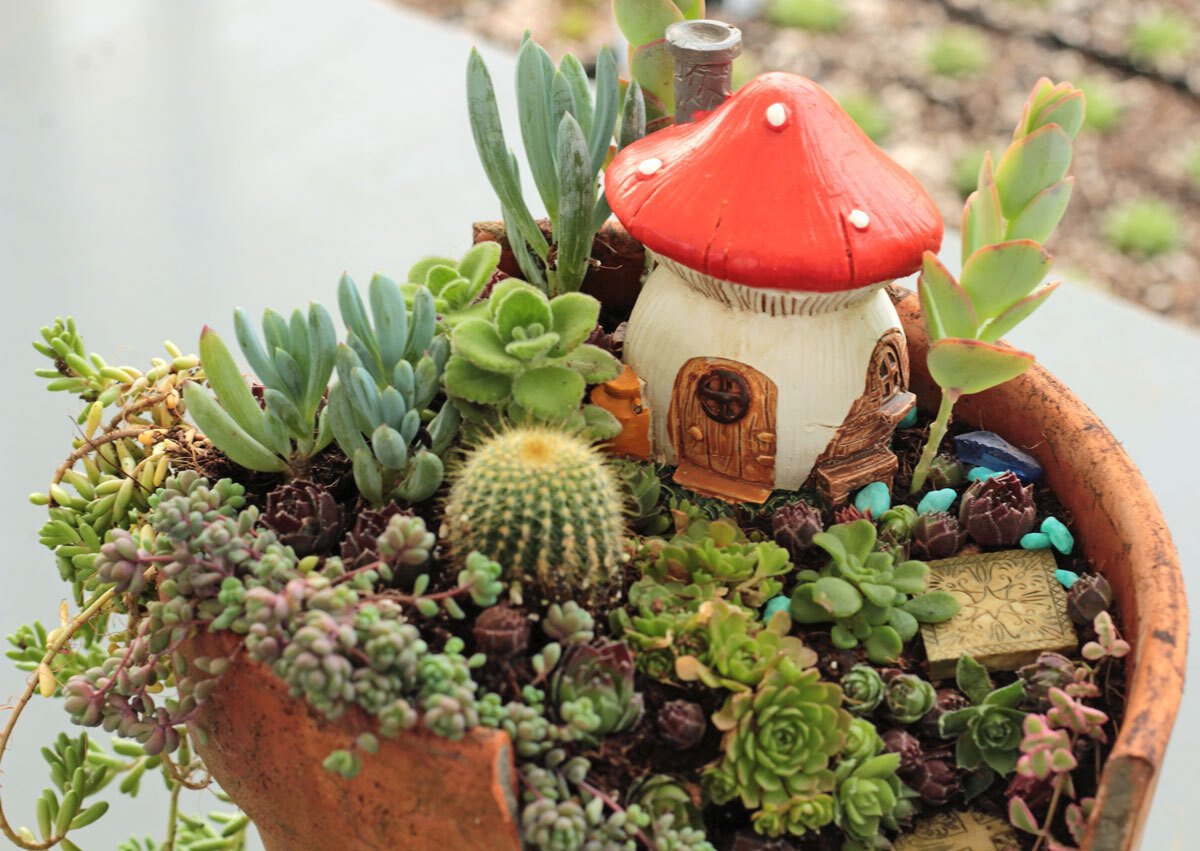
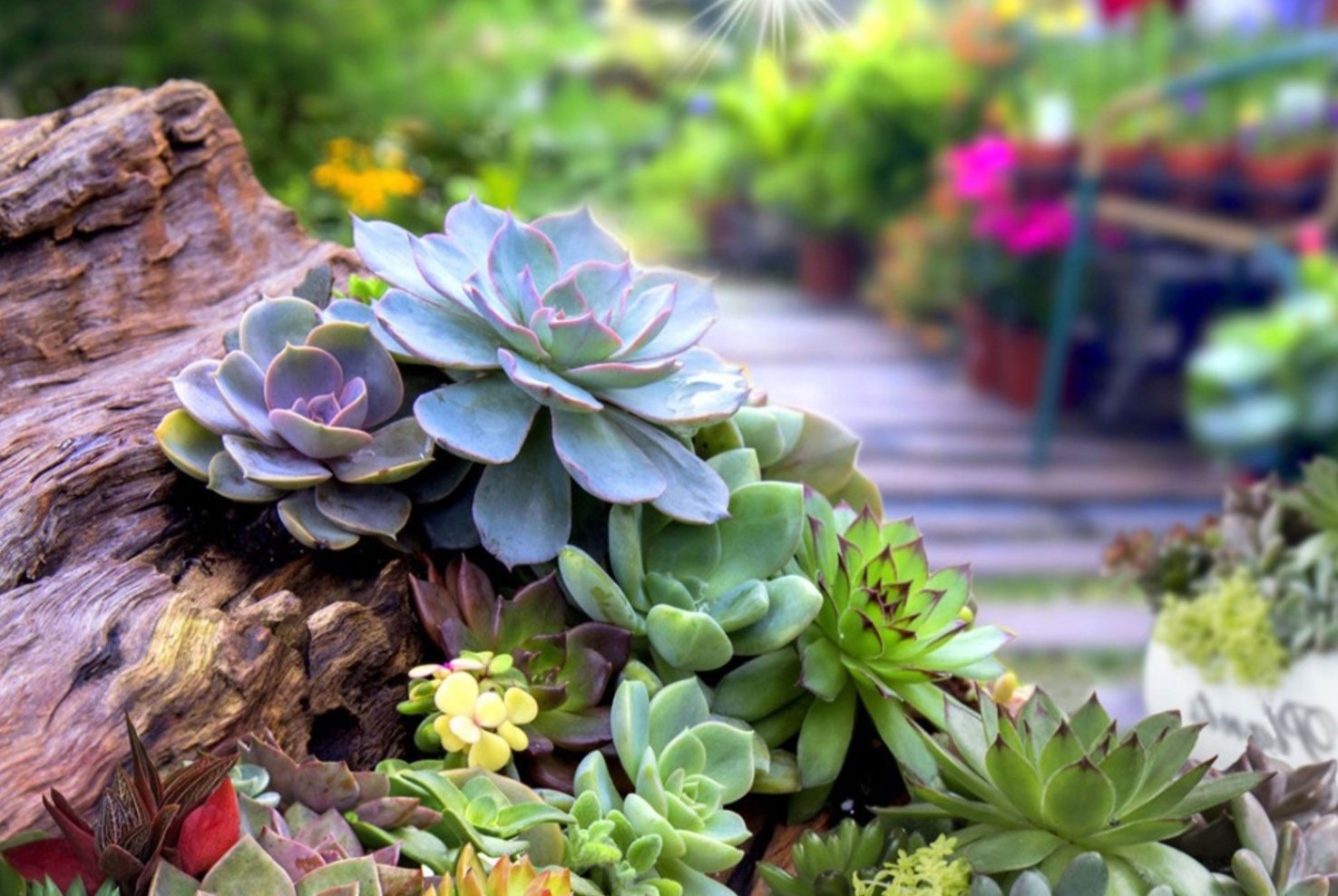
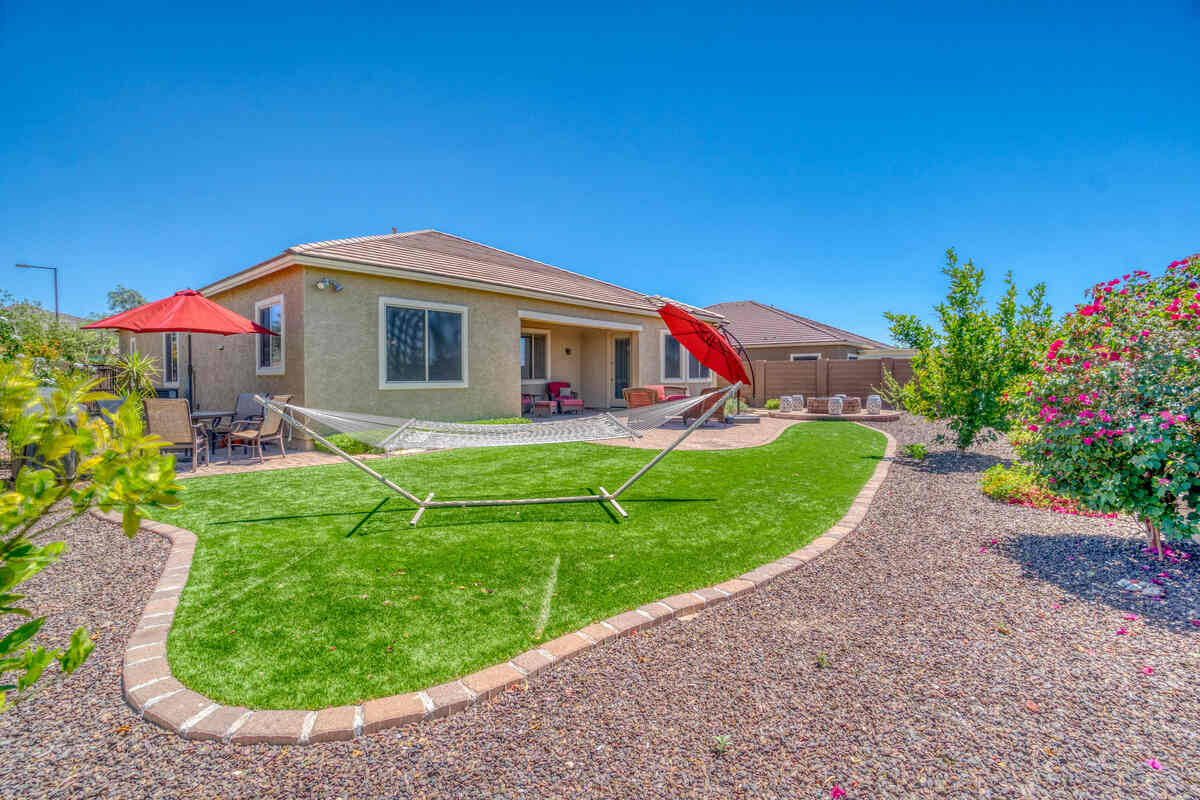

0 thoughts on “Creating A Drought-Resistant Landscape In Arizona”